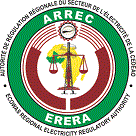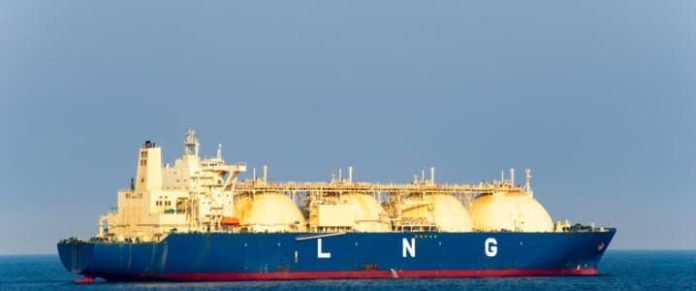Despite the lowest natural gas prices in two years, Europe’s natural gas demand continues to be weak and fell in May from a year earlier as industries are slowing and major economies enter a recession.
Natural gas demand in the biggest European economies namely Germany, the UK, France, Italy, Spain, and the Netherlands – dropped by 9.7% last month compared to May 2022, per data from S&P Global Commodity Insights quoted by Bloomberg.
This time last year, Europe’s gas demand was depressed by soaring natural gas and spot LNG prices and calls for energy conservation to cope with the winter without most of the previous Russian pipeline gas supply.
This year, prices have eased to the levels from before the energy crisis that began in the autumn of 2021 and peaked in 2022 after the Russian invasion of Ukraine.
However, the lowest prices in around two years haven’t spurred gas consumption because industries and economies in Europe are slowing.
Due to continued high inflation, Germany—Europe’s biggest economy—entered a recession, with GDP contracting by 0.3% in the first quarter of 2023 and by 0.5% in Q4 2022, government data showed at the end of last month.
Updated figures for Germany and Ireland from Eurostat showed on Thursday that the Eurozone also slipped into recession, with GDP contracting by 0.1% in the first quarter of 2023 after a 0.1% contraction in Q4 2022.
Weak growth or deepening recessions could mean that industries may not pick up natural gas use.
The front-month futures at the TTF hub, the benchmark for Europe’s gas trading, were trading at $31.20 (29 euros) per megawatt-hour (MWh) at 10:39 a.m. GMT on Friday.
Prices are now much lower than the August 2022 record-high of over $323 (300 euros) per MWh, but this week they rose due to maintenance at Norwegian gas fields and a French LNG import terminal.
Source: Oilprice.com
















